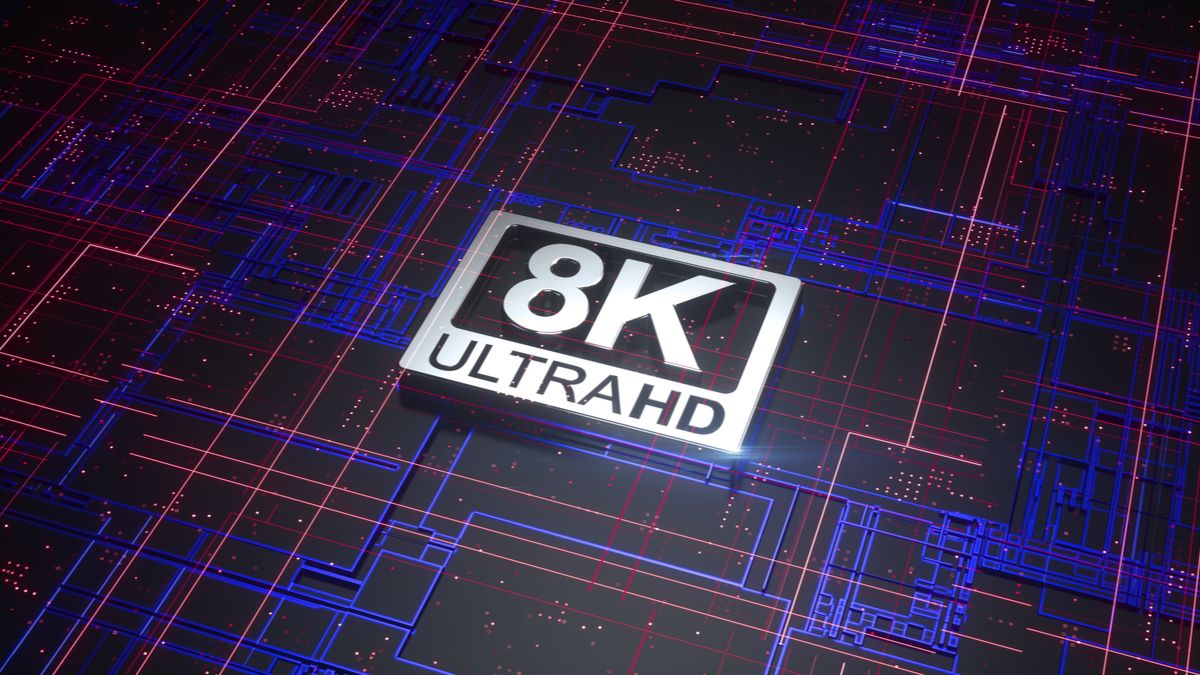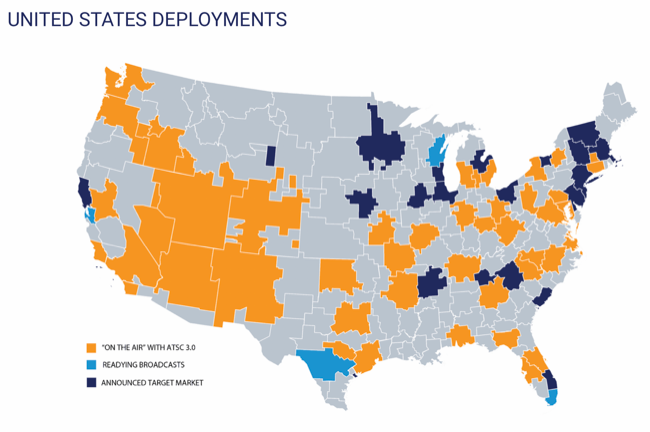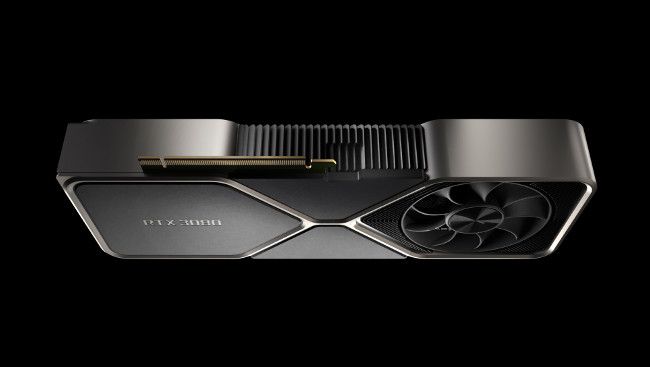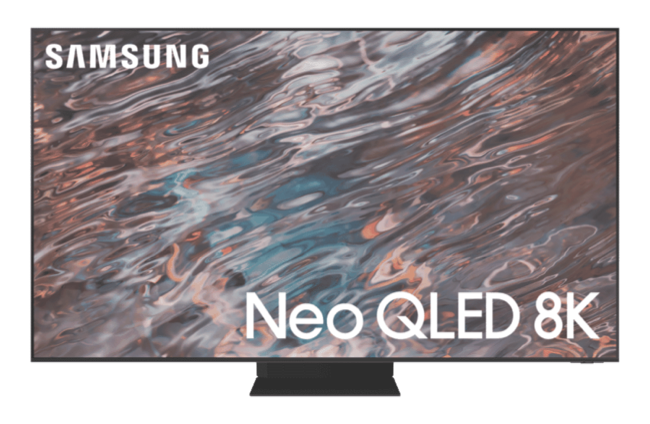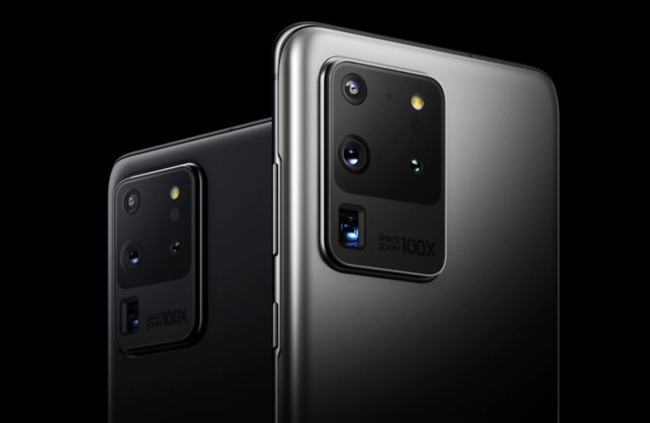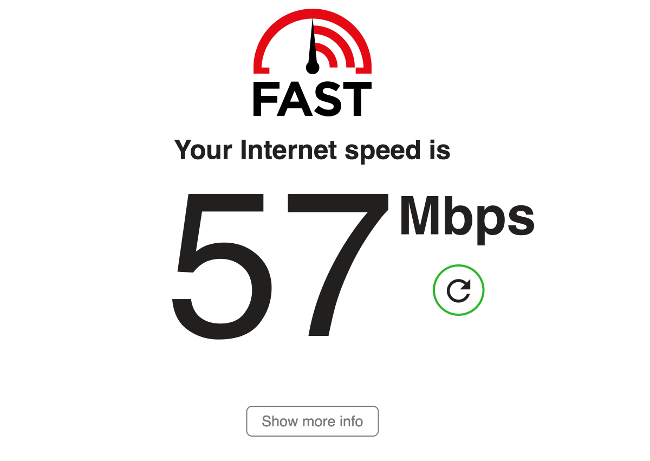Quick Links
With 4K TVs now being mainstream, talk has turned to the next leap in image quality in the form of 8K. In the same way that 4K represented a four-fold increase in the number of pixels on-screen, 8K quadruples the pixel count again to a staggering 7,680 by 4,320 resolution.
So when it comes to getting the most out of those pixels you have two options: native 8K content, and lower resolution content that's been upscaled.
Streaming Services and 8K Content
As of January 2022, the only real options for streaming 8K content are YouTube and Vimeo. YouTube is by far the best destination for this content, and true 8K videos are available thanks to the new AV1 codec (assuming your TV supports it). Unfortunately, there's no way to filter 8K content as there is with 4K or HDR videos (not yet, anyway).
No current streaming services like Netflix, Disney+, Apple TV, or Amazon Prime Video offer any native 8K content. You cannot currently stream 8K on demand from any of the major streaming services.
The best you can do is search for "8K" or affix "8K" to the end of your search query and hope for the best. The number of content creators uploading in 8K is also slim, largely owing to the lack of 8K-capable cameras on the market. While 4K is the new standard for just about every smartphone and digital camera released today, 8K remains niche and pricey.
Not only are high-quality cameras that capture true 8K expensive, but the sheer size of the files also presents another problem. Storing and editing that footage isn't cheap. The faster your storage drives the better, and you'll need a computer that can handle massive filesizes and chew through video with ease. If your editing rig isn't up to the task, transcoding that footage before your edit makes the process even less efficient.
Vimeo is another platform that hosts 8K content but also lacks a dedicated filter for 8K. You'll have the best results searching for "8K" and crossing your fingers, but there are some stunning videos to be found.
The common theme here is one that was true of 4K a few years ago: most 8K videos are short films, often showcasing natural landscapes or travel experiences. It all feels a bit like a tech demo rather than a reason to invest thousands of dollars into a new TV at this stage.
8K and Broadcast Television
Outside of Japan, 8K broadcast television is largely restricted to test broadcasts. Japanese broadcaster NHK launched BS8K in late 2018, the world's first satellite channel to broadcast in 8K. Successful broadcasts included the 2020 Tokyo Olympics (which were delayed until 2021 due to the COVID-19 pandemic) which transmitted in 8K resolution.
Beyond this, BT Sport in the UK has been testing 8K Premier League broadcasts but is yet to offer customers a way of purchasing anything higher than 4K live broadcasts.
Many broadcasters have only recently switched to 4K broadcasts, a change that uses updated ATSC 3.0 (or NextGen TV) broadcast standards. You can see where the new standards are currently operating on the ATSC's Deployments website. To receive these broadcasts, your TV will need to be ATSC 3.0 compliant.
Just as there are no 8K over-the-air broadcasts yet available outside of Japan, no cable providers in the US currently offer 8K services either. Many cable providers barely offer 4K at this stage, with DIRECTV offering just two dedicated channels in 4K resolution. Other providers like DISH and Xfinity offer select broadcasts like movies and sports events in 4K. For this reason, 8K on cable TV seems to be a long way off.
It takes time for these standards to filter through and many 4K sets are not compliant with ATSC 3.0. Newer 8K models like Samsung's 2020 8K QLED range are, and this will be vital to receiving broadcasts in 8K when the time comes.
8K Gaming is Possible, But Not Viable Yet
The latest generation of consoles, namely the PlayStation 5 and Xbox Series X, both promised 8K gaming experiences would be arriving during their lifespan but this has yet to come to fruition. The PS5 has a single game (The Touryst) that renders at 8K internally, which is supersampled and output at 4K. This is because the PS5 has yet to receive firmware which allows for output at 8K resolution.
Microsoft has also not yet updated the Xbox Series X to support 8K resolution. It will likely take many more years for the market to catch up and for 8K TVs to start flying off the shelves before the standard is adopted, and even then it's not going to be plain sailing.
The latest generation consoles use dynamic resolution scaling to hit frame rate targets which means to remain performant they don't even render at native 4K resolution much of the time. There's a renewed focus on 60 frames per second this generation too, which has set gamer expectations a little higher than the 30 frames per second targets we saw during the Xbox 360/PS3 and Xbox One/PS4 generations.
That means that even when the consoles can output at 8K, early "base" models will be unable to truly take advantage of the format. We may see updated "Pro" hardware refreshes that can push higher resolutions, or we may see a reliance on upscaling techniques like the checkerboard rendering Sony used to get the PS4 Pro to output in 4K.f
The one space where 8K is much more likely to happen is in PC gaming, where hardware is not bound by the limits of a set specification. PC hardware moves forward incrementally, and technologies that can help ease the strain of rendering at high resolutions like deep learning super sampling (DLSS) are much more mature. Despite this, the PC gaming scene is often more focused on higher framerates and faster refresh rates than pixel density.
Another point of consideration is the arrival of real-time ray tracing. This is a rendering technique that physically models rays of light to produce a more natural and realistic look to games. It can affect everything from the way objects interact in the game world using techniques like global illumination, to more accurate dynamic shadows, and reflections that show things happening beyond the player's perspective (which usually aren't rendered using older techniques).
Ray tracing is expensive from a hardware standpoint, but it can have a transformative effect on the way a game looks. Many gamers will yield more impressive results from spending their rendering "budget" on a radically improved lighting system over an improved pixel count. Plus, most PC gamers use a monitor at a desk rather than an 85" TV on a wall.
8K Blu-ray Doesn't Exist
Ultra-HD Blu-ray discs allow movie lovers to own their favorite films in the highest resolution on the market. For physical media collectors, there's currently no better quality medium available, since 8K discs and players have yet to emerge. Some are speculating that 8K productions on optical media will never happen.
In 2019 the 8K Association put out a statement saying that consumers shouldn't count on 8K optical discs ever arriving. Industry blogs have been speculating about the problems of releasing 8K movies on optical media, largely owing to the constraints of existing 100GB Blu-ray discs.
Since 8K productions require a lot of data, fitting them onto existing Blu-ray discs may be a challenge. No companies have yet stepped forward to develop a new standard of optical media that can hold more data, with much of the market moving to digital-only collections and subscription services.
The good news is that 4K Blu-ray discs look phenomenal, even on an 8K screen.
Upscaling Is Your Friend
Just as it did during the transition from 1080p to 4K, upscaling is taking up the slack for 8K early adopters. This technique refines lower resolution content so that it looks better on a screen with a higher pixel density.
The good news is that upscaling techniques have come a long way since the early days of 4K. This is largely due to more powerful processors on new TVs but also machine learning techniques that have been "trained" for years to output better images.
With 4K resolution as a base, content that's upscaled to 8K can look terrific particularly with some AI-driven enhancements. The key is to feed your TV the highest quality content you can get your hands on in the first place, which means that subscribing to higher quality streaming plans or investing in 4K Blu-ray releases will yield much better results on an 8K panel.
You Can Always Shoot Your Own 8K
The ability to shoot 4K video arrived on smartphones long before streaming services were brimming with native ultra-HD content. The same is true of 8K, with some devices already on the market already able to capture 8K footage at the cost of disk space.
Samsung's entire S20 series can shoot in 8K and so can Xiaomi's Mi 10 and Mi 11 range. Other models include the OnePlus 9, the Asus ROG Phone 5, and LG's now-discontinued V60 ThinQ. The feature will become more common on devices over the next few years, but the issue of storage space remains. Apple has yet to release an iPhone that can shoot in 8K. Even the top-of-the-line iPhone 13 Pro can't shoot in 8K.
Many big tech companies are pinning 8K success on the open AV1 codec which will be instrumental in bringing 8K content to streaming services but which requires support at a hardware level. Support for AV1 in smartphones will go a long way in making 8K content more viable (and even improve efficiency in 4K filesize too).
8K Is a Way Off Being "Mainstream" Yet
It took around ten years for "full HD" resolution to be adopted as a mainstream technology. It took less time than that for 4K to eek its way into our lives, but it was a slow burn to get here. Part of the problem was the lack of true 4K content, an issue that is sure to play out similarly for 8K displays.
The problem isn't only the availability of content, but also how content is consumed. Even if 8K Blu-ray discs were in plentiful supply (and they may never be), many people now prefer streaming over physical media. Netflix recommends customers have a "steady internet connection" of 25Mbps or faster for watching its 4K content.
Many streamers struggle to clear even this bar in terms of speed, and even then it's only when their internet connections are behaving optimally. If you are stuck on a slow DSL or cable connection, with no ultra-high-speed connection available in your area, even 4K will be difficult to achieve.
Now consider that 8K is a standard with four times the number of pixels in its raw format. Compression techniques help to reduce the strain, but they only go so far. Not only is internet speed a consideration, but many customers are bound by bandwidth caps that limit how much content they can consume per month too.
The good news is that faster internet is always just around the corner. Mobile technologies like 5G help to solve speed and congestion issues, while next-generation satellite internet services like Starlink will help improve speeds for those living in rural areas that are stuck on older fixed-line technology.
Add to this the arrival of AV1, a new open codec designed for 4K and 8K video as a replacement for the existing H.265 (HEVC) codec, and things should look a little better in a few years when technology and infrastructure matures.
Hold Off Buying an 8K TV for Now
Unless you've got money to burn, 8K isn't the best use of your funds right now. Some of the best TVs on the market use 4K panels, like LG's OLED range, and Samsung's upcoming QD-OLED sets or older Neo QLED models.
The bump in resolution is nice, but while content is thin on the ground you'll be better served with a TV that delivers immersive HDR or a surround sound system with Dolby Atmos support.
If you do want an 8K TV, however, we've picked the best 8K TVs you can buy right now.

